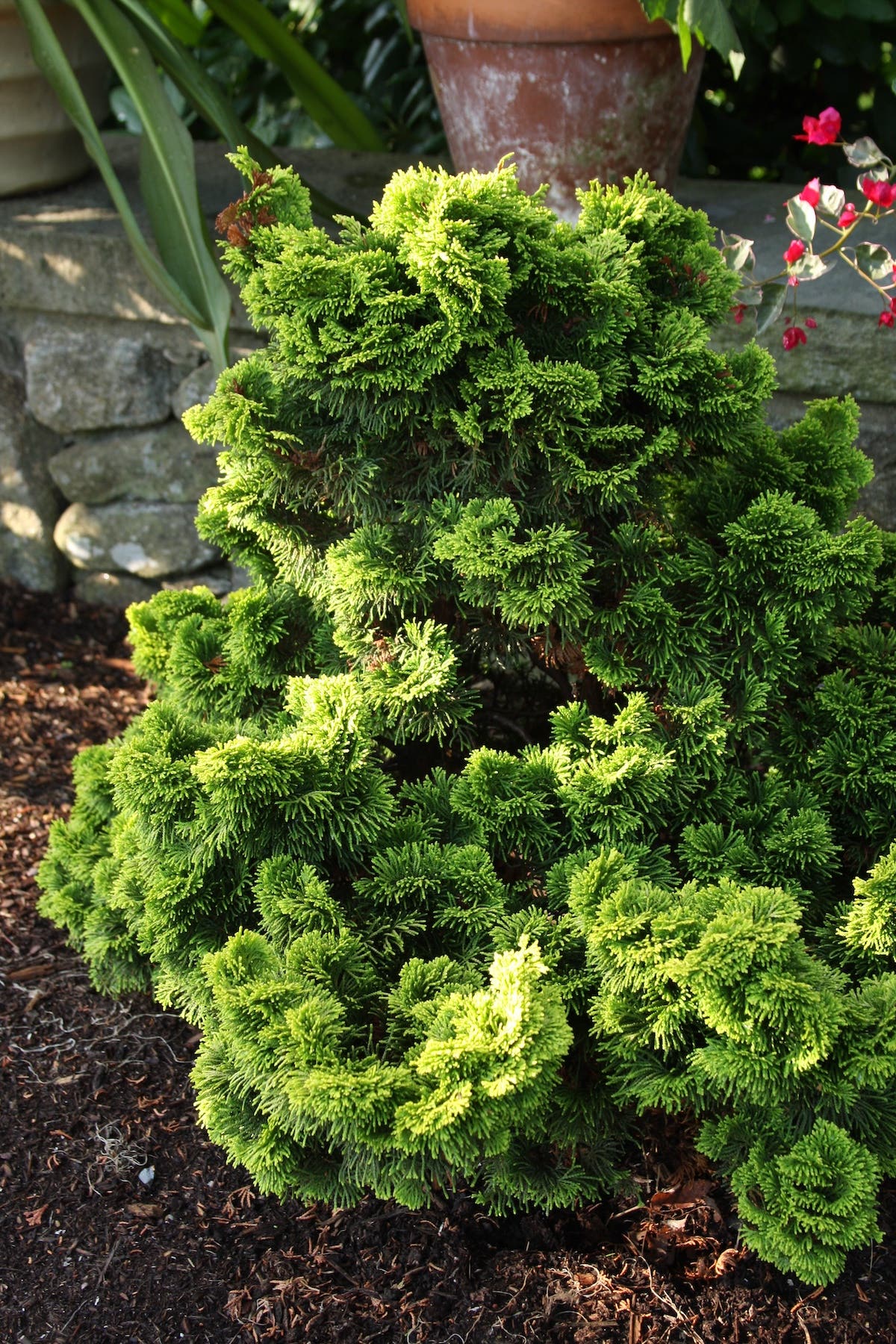Guideline for Crop Rotation in the Vegetable Garden
I know you should rotate crops according to their family, but are there any other guidelines for crop rotation? Answer:Crop rotation has been used for hundreds of years as a…
I know you should rotate crops according to their family, but are there any other guidelines for crop rotation?
Answer:Crop rotation has been used for hundreds of years as a way to keep crop production thriving, the soil healthy and lower the chances of pests and diseases that could damage or even kill the crops.
There are other ways to help increase the benefits of crop rotation other than simply rotating your plants according to family. You can be strategic in this rotation as to when and what plants you use to help ensure soil fertility and further avoid pests and diseases by your rotation cycle’s length.
Cycle length—The length of your crop rotation’s cycle can actually benefit—or harm—your plants in terms of eliminating—or allowing—for certain pests and diseases to be introduced. If pests and diseases are a concern for your crops, you may want to do research on the breeding and/or growing cycles of each specific threat to your plants. Depending on where you live, these concerns will vary, so the length of your cycle will differ accordingly. After research I found that a good rule of thumb in terms of your rotation’s length is at least two years or more between specific plant families to help avoid possible pest/disease hindrances. However, as I have mentioned, each plant and/or location will have different pest and disease problems with varying life cycles. Rotation between plants could be seasonally, annually or after a stent of four years; this is why it is important to keep records of your plants' progress, problems and health, to see what cycle length works most successfully for your specific needs.
Soil fertility—If your issues with pests and disease are not as big of a concern as your soil balance, than try using a rotation cycle adapted to soil needs. Each plant is different and has diverse care requirements, such as what nutrients are needed in the soil for the plant to sustain itself. You can take advantage of these variances by what plants follow each other in the rotation—to help control the balance of your soil and keep it full of the correct needs for each new crop rotated.
For example, certain crops—like tomatoes and other fruiting plants—are most successful with soil loaded full of nitrogen. This can be problematic overtime because the levels of nitrogen can deplete, lessening your soil’s fertility. This is where, with research about your specific crops' needs, you can become creative in your crop rotation. To help balance your soil for each plants requirements, take note of their soil needs and create a rotation that will replenish and/or lower nutrients in the soil for the specific necessities of each crop. For instance, let’s say you do grow tomatoes in your crop cycle; you should make sure your tomatoes are following plants that produce or replenish nitrogen, such as beans or other legumes.
With a little research and a lot of love, you can create a crop rotation that will allow for healthy and flourishing plants year after year.
Image: Sengai Podhuvan
______________________________________________
Turn your suburban yard into a high-yield produce garden with Small-Plot, High-Yield Gardening.
You can grow a lush, edible garden from virtually anywhere with these helpful tips in Grow Great Grub.
Become an expert vegetable gardener with the Start Planning Your Garden Value Pack.
Learn new cultivation techniques, new varieties of edible plants and more by downloading the Horticulture Smart Gardening Guides: Guide to Growing Edibles.
Wear a raffia sun hat when gardening to protect from the sun’s rays in style.







